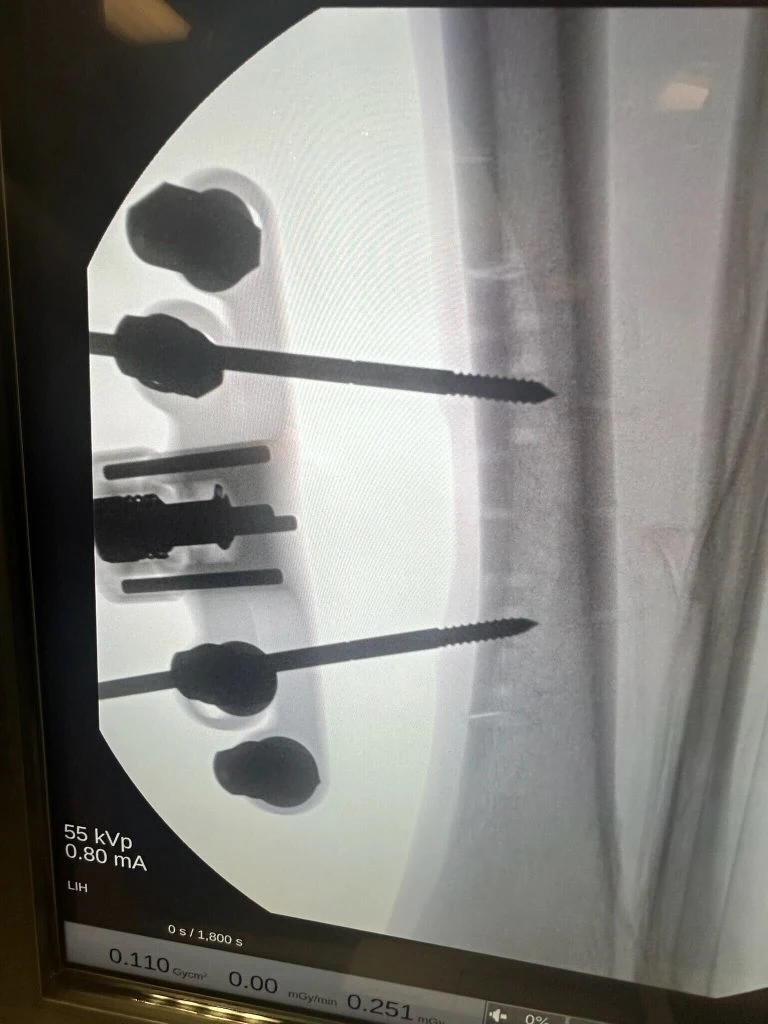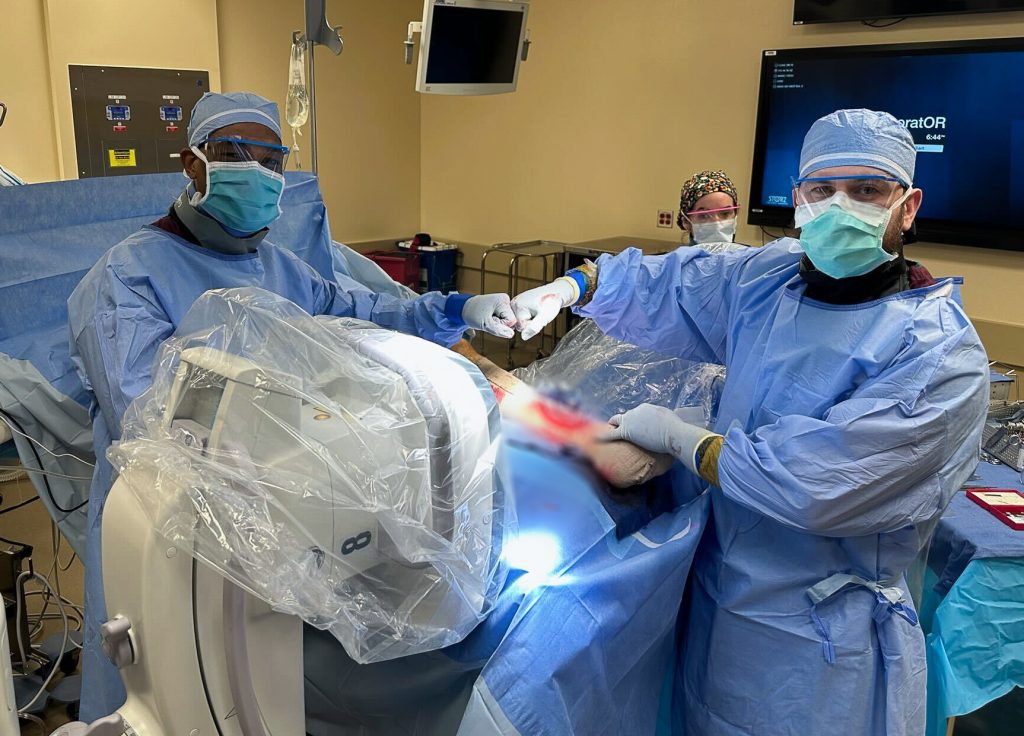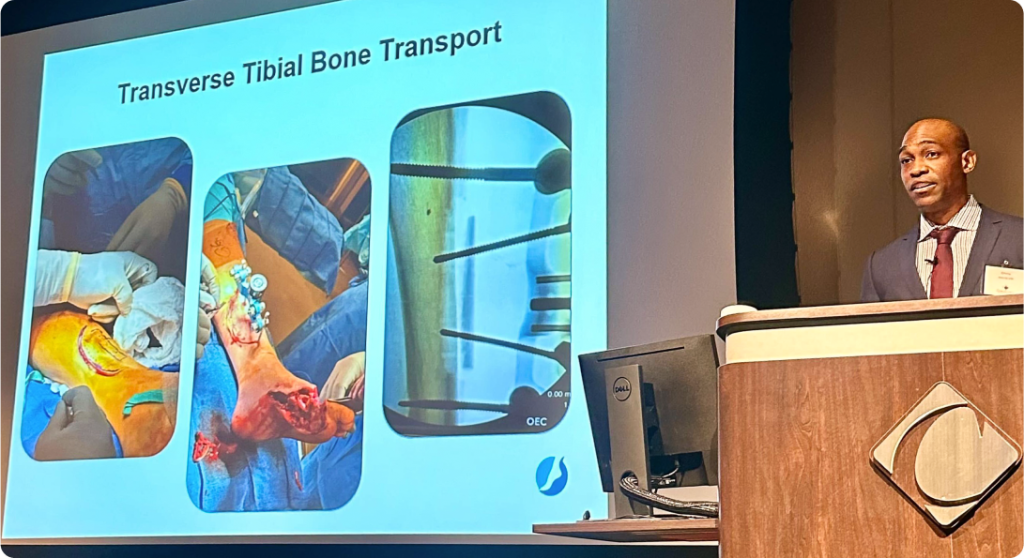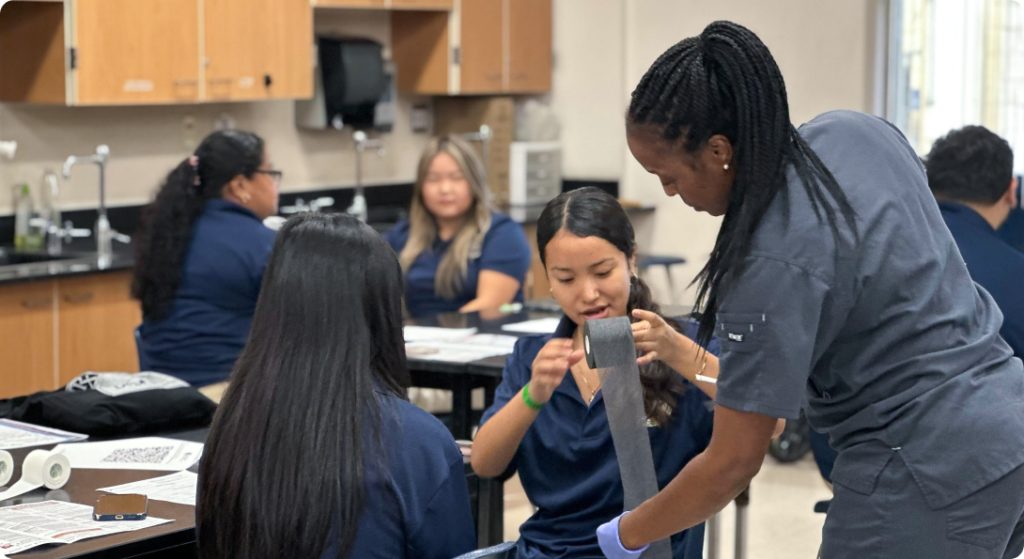
What is a Bunion?
A bony protrusion at the big toe joint (1st metatarsophalangeal joint), which occurs over time and may or may not be painful. A similar protrusion can occur on the outside of the foot on the little toe (5th metatarsophalangeal joint). This type of deformity is called a “bunionette,” and it may or may not be painful.
What Causes a Bunion:
- Wearing shoes that are too small or tight.
- History of injury
- Genetic predispositions
- Underlying inflammatory conditions, e.g. Rheumatoid Arthritis
- Pointy toe or high-heeled shoes may also cause toes to overcrowd.
Symptoms of a Bunion:
- Bump on the side of the big toe (or the 5th toe, bunionette)
- Big or little toe mobility issues
- Inflamed skin and redness on side of the big toe
- Big toe turning towards your other toes
- Little toe turning towards the other toes
Types of Treatments:
Nonsurgical Options
- Wearing shoes with adequate good arch support.
- Over-the-counter pain relief medication such as ibuprofen, naproxen, and acetaminophen.
- Consult with your Valley Foot and Ankle Specialty Providers Podiatrist on instructions for proper taping and padding
Surgical Options:
If your pain is severe and limiting your everyday living, consult with your Valley Foot and Ankle Specialty Provider Podiatrist to discuss if surgical treatment is your best option. There are a variety of surgical corrective measures which can be discussed during your in-office consultation.
Bunionette
A bunionette, or “tailor’s bunion,” occurs on the outside of the foot near the base of the little toe. Although it is in a different spot on the foot, a bunionette is very much like a bunion. You may develop painful bursitis and a hard corn or callus over the bump.
Source: Orthoinfo







